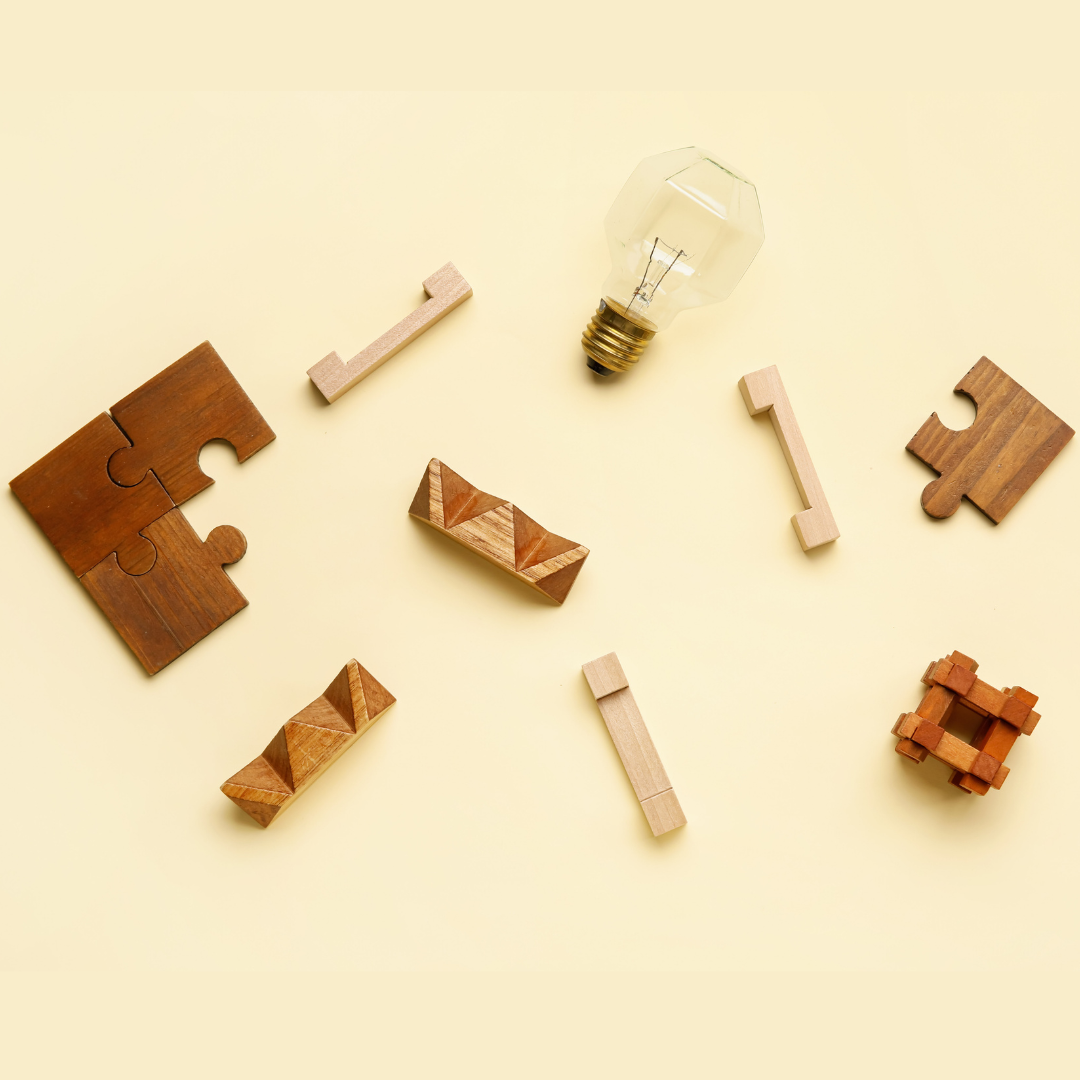
What This Self‑Assessment Covers

Who this Self‑Assessment is for.
Self-Assessment: Attachment Style
How to Use This Self‑Assessment
Attachment Styles Explained
Related Self-Assessments
Uncovering Your Attachment Style

Unsure of your next steps?
Book an Exploratory Call with one of our therapists to gain initial insights, practical solutions, and personalized guidance on the best options for your needs.


